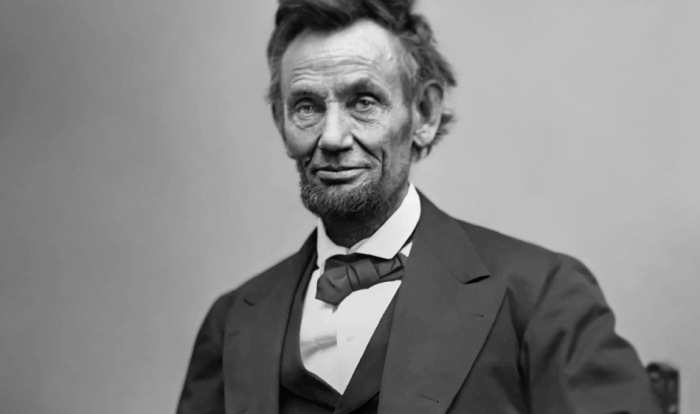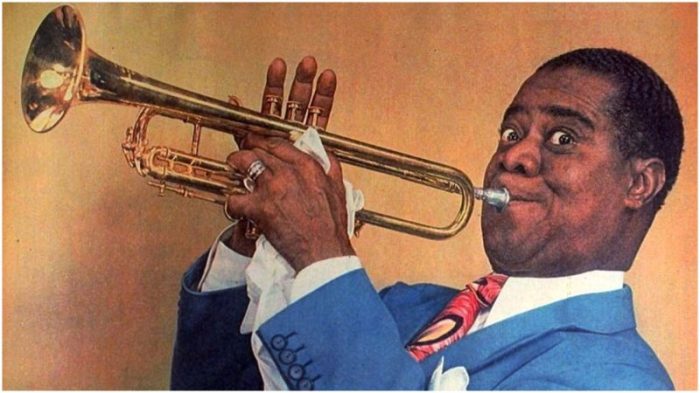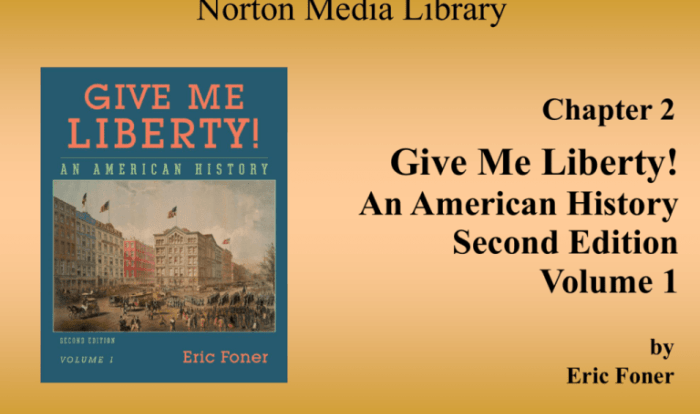How are federalists and anti federalists alike – In the formative years of the United States, the debate between Federalists and Anti-Federalists shaped the nation’s political landscape. Despite their opposing views on the extent of federal power, these two factions shared fundamental beliefs and goals that laid the groundwork for the country’s constitutional framework.
This discourse will explore the common ground between Federalists and Anti-Federalists, examining their shared perspectives on government, individual rights, and the future of the nation.
Federalists and Anti-Federalists: Shared Beliefs and Values
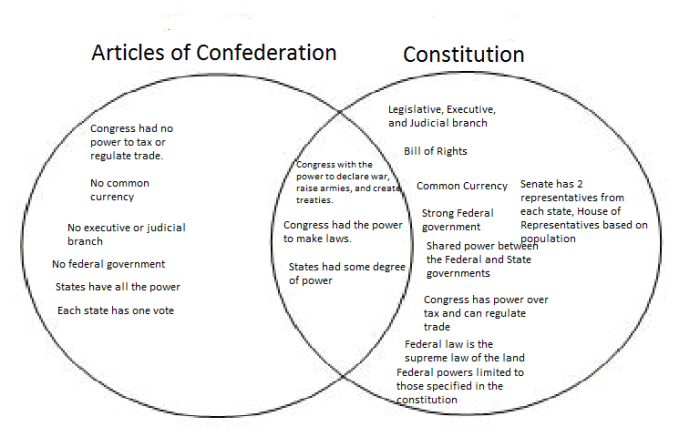
Federalists and Anti-Federalists, despite their differing views on the ratification of the U.S. Constitution, shared several core beliefs and values about the role of government and the rights of individuals.
Beliefs about the Role of Government
Both Federalists and Anti-Federalists believed in a limited government that would protect the rights of citizens. They agreed that the government should be strong enough to provide for the common defense and promote the general welfare, but it should not have unlimited power over the people.
Views on Individual Rights
Federalists and Anti-Federalists shared a commitment to individual rights, including the right to life, liberty, and property. They believed that these rights were inherent and should be protected by the government.
Principles on the Separation of Powers
Both sides recognized the importance of the separation of powers to prevent any one branch of government from becoming too powerful. They believed that the executive, legislative, and judicial branches should have distinct powers and responsibilities.
Goals and Objectives
Federalists and Anti-Federalists had different goals for the new nation, but they also shared some common concerns and aspirations.
Shared Goals, How are federalists and anti federalists alike
Both sides sought to create a strong and prosperous nation that would be able to defend itself from foreign threats and provide for the well-being of its citizens.
Concerns about the Existing Government System
Federalists and Anti-Federalists were both dissatisfied with the Articles of Confederation, which they believed had created a weak and ineffective central government.
Aspirations for the Future
Both sides hoped that the new Constitution would create a more just and equitable society, where the rights of all citizens would be protected.
Methods and Strategies
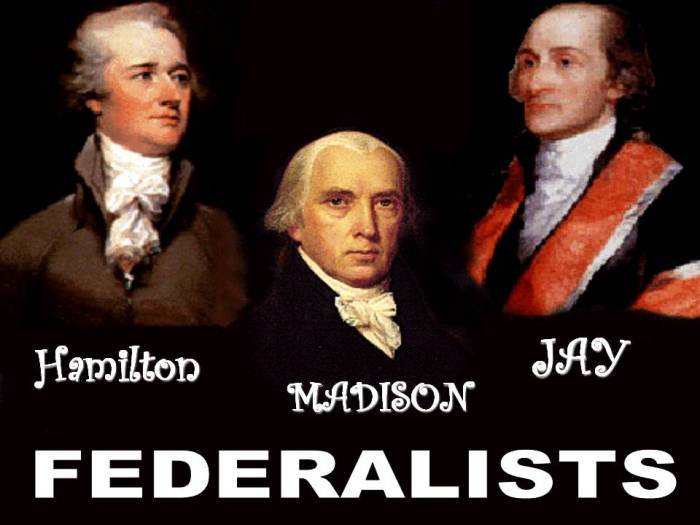
Federalists and Anti-Federalists used a variety of strategies to achieve their goals and influence public opinion.
Shared Strategies
Both sides relied on public debates, pamphlets, and newspaper articles to spread their message. They also organized rallies and petitions to demonstrate their support for their respective positions.
Tactics for Influencing Public Opinion
Federalists often portrayed themselves as the defenders of the new Constitution, while Anti-Federalists argued that it would lead to tyranny.
Use of the Media
Both Federalists and Anti-Federalists used the media to promote their views. They published essays and articles in newspapers and pamphlets, and they organized public debates and rallies to spread their message.
Alliances and Support: How Are Federalists And Anti Federalists Alike
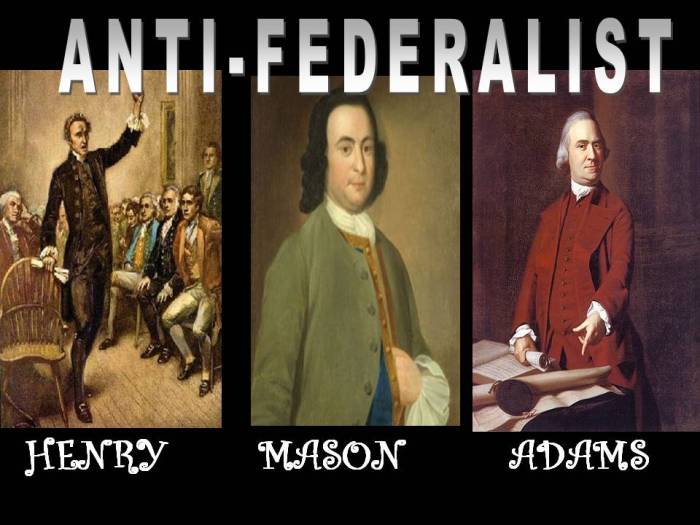
Federalists and Anti-Federalists built alliances with a variety of groups and individuals to gain support for their respective positions.
Groups and Individuals Who Supported Federalists
Federalists were supported by merchants, bankers, and other wealthy individuals who believed that a strong central government would promote economic growth. They also received support from the military, which believed that a stronger national government would be better able to defend the country from foreign threats.
Groups and Individuals Who Supported Anti-Federalists
Anti-Federalists were supported by farmers, artisans, and other common people who feared that a strong central government would threaten their liberties. They also received support from state governments, which feared that their power would be diminished under the new Constitution.
FAQ Section
What were the primary concerns of Federalists?
Federalists advocated for a strong central government to ensure national unity, promote economic prosperity, and maintain order.
How did Anti-Federalists view the role of individual states?
Anti-Federalists emphasized the importance of state sovereignty, fearing that a powerful central government would infringe upon individual liberties.
Did Federalists and Anti-Federalists agree on the need for a Bill of Rights?
Initially, Anti-Federalists demanded a Bill of Rights to protect individual freedoms, while Federalists were hesitant. However, the inclusion of the Bill of Rights became a compromise that satisfied both factions.
